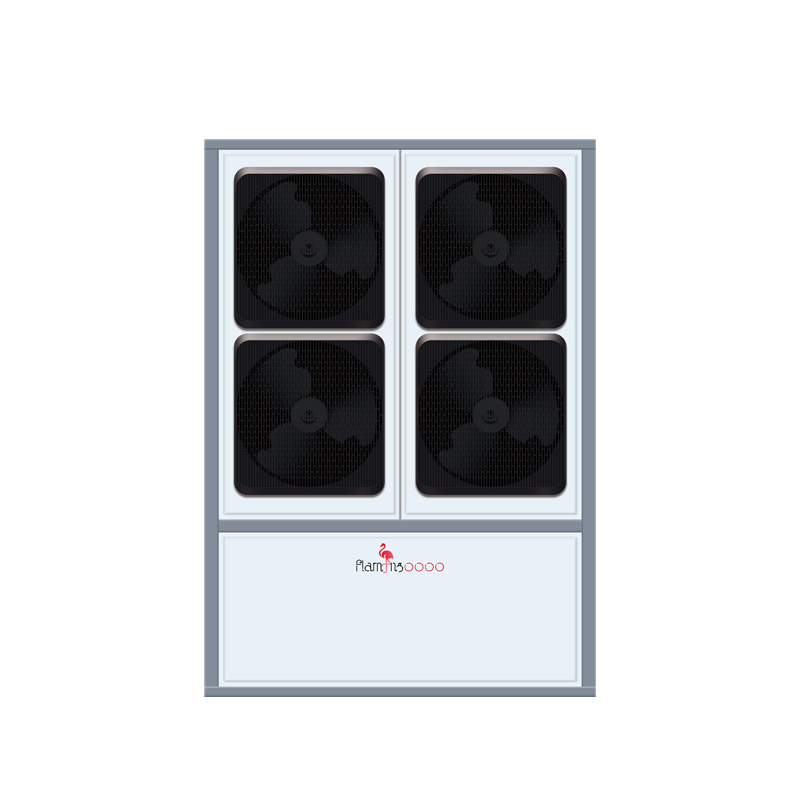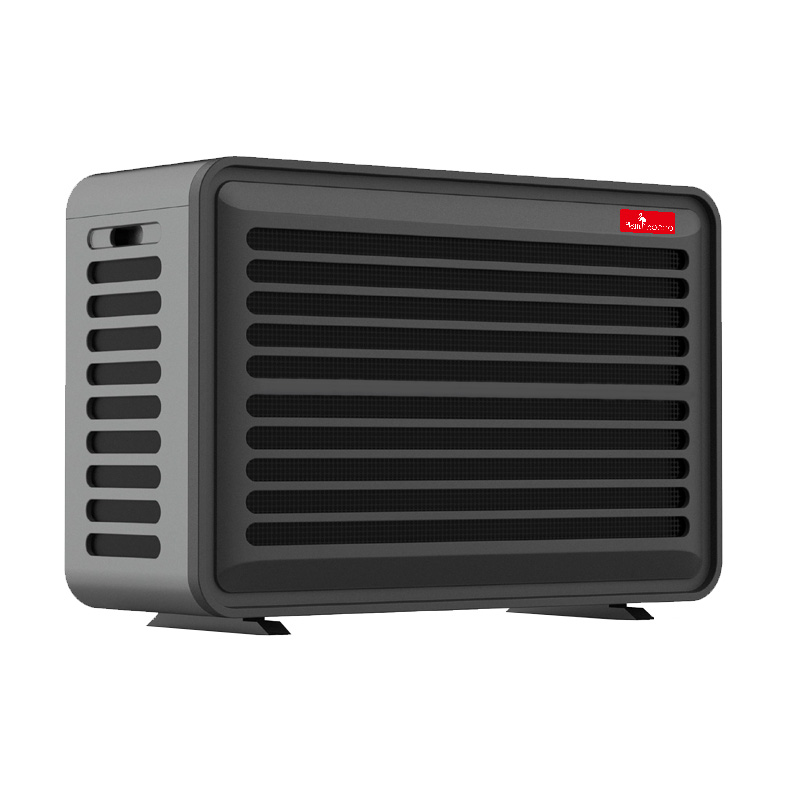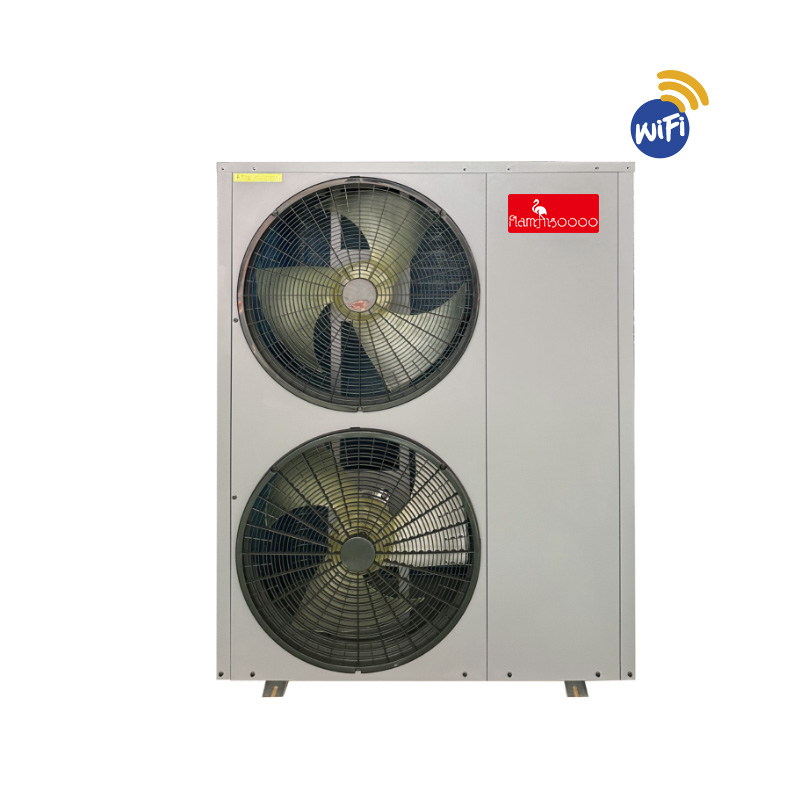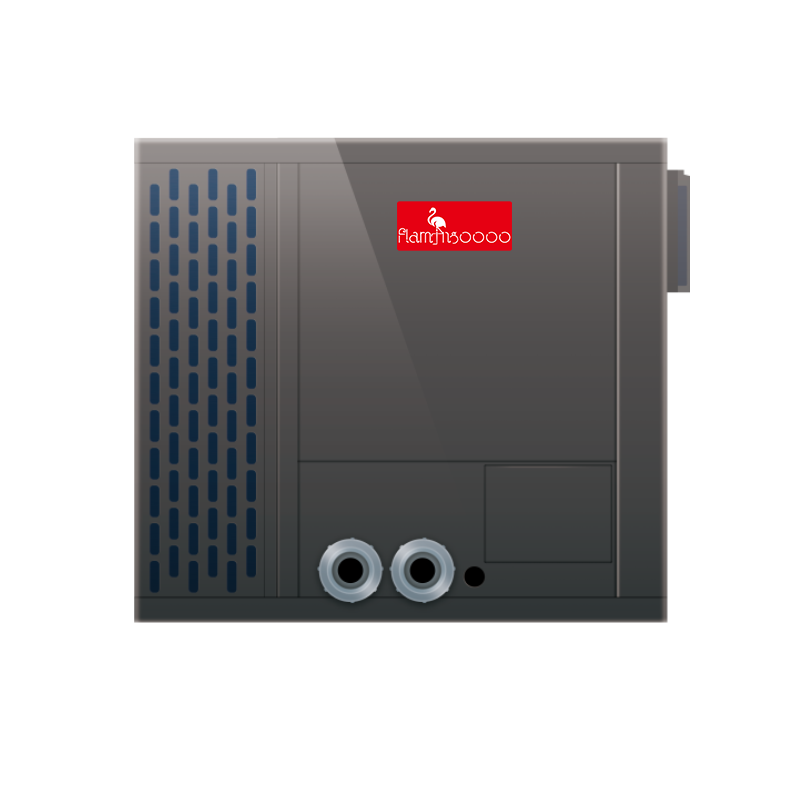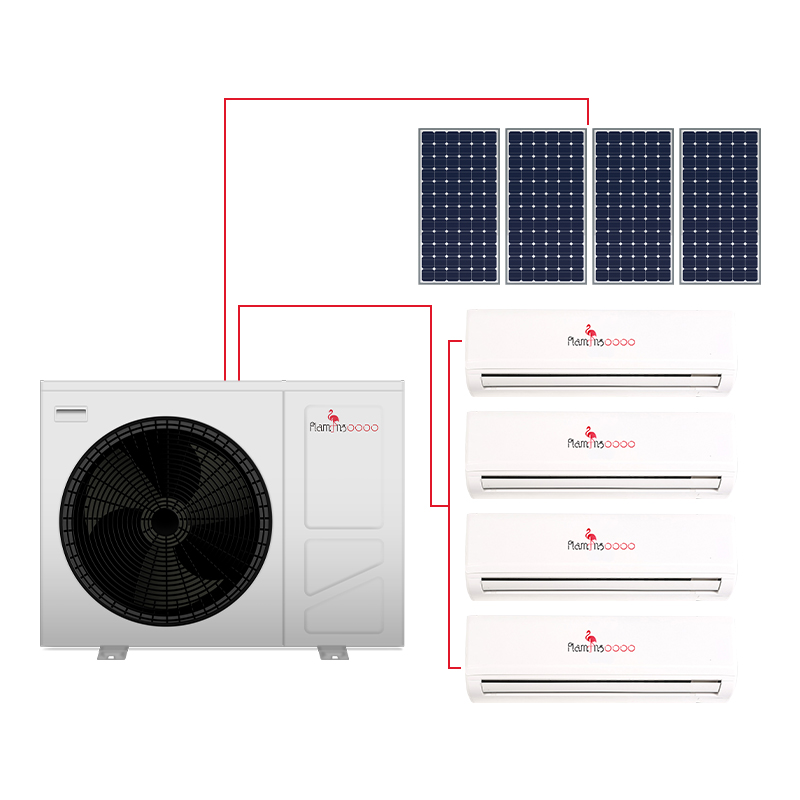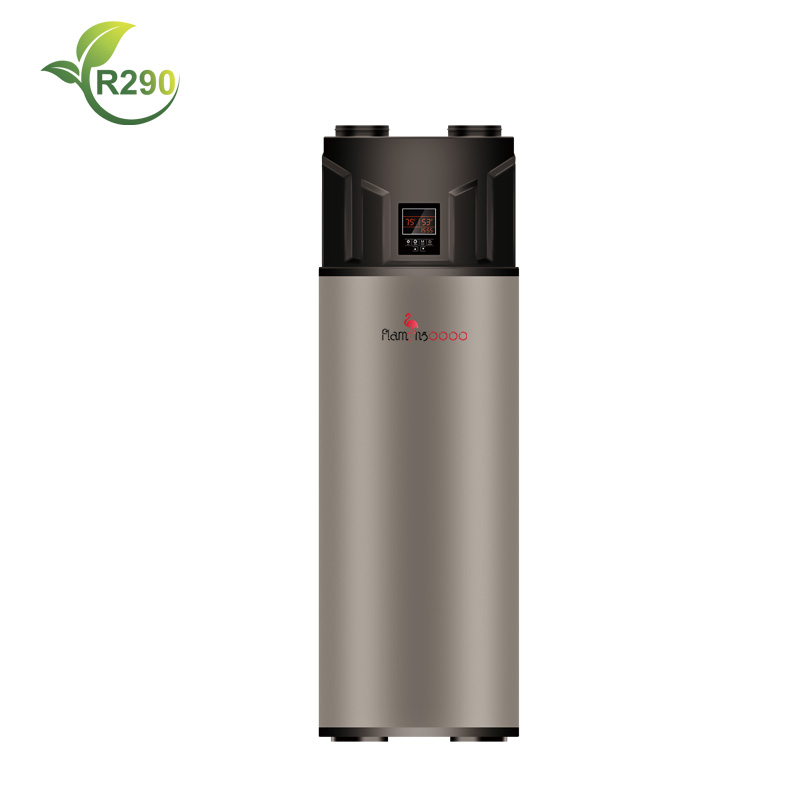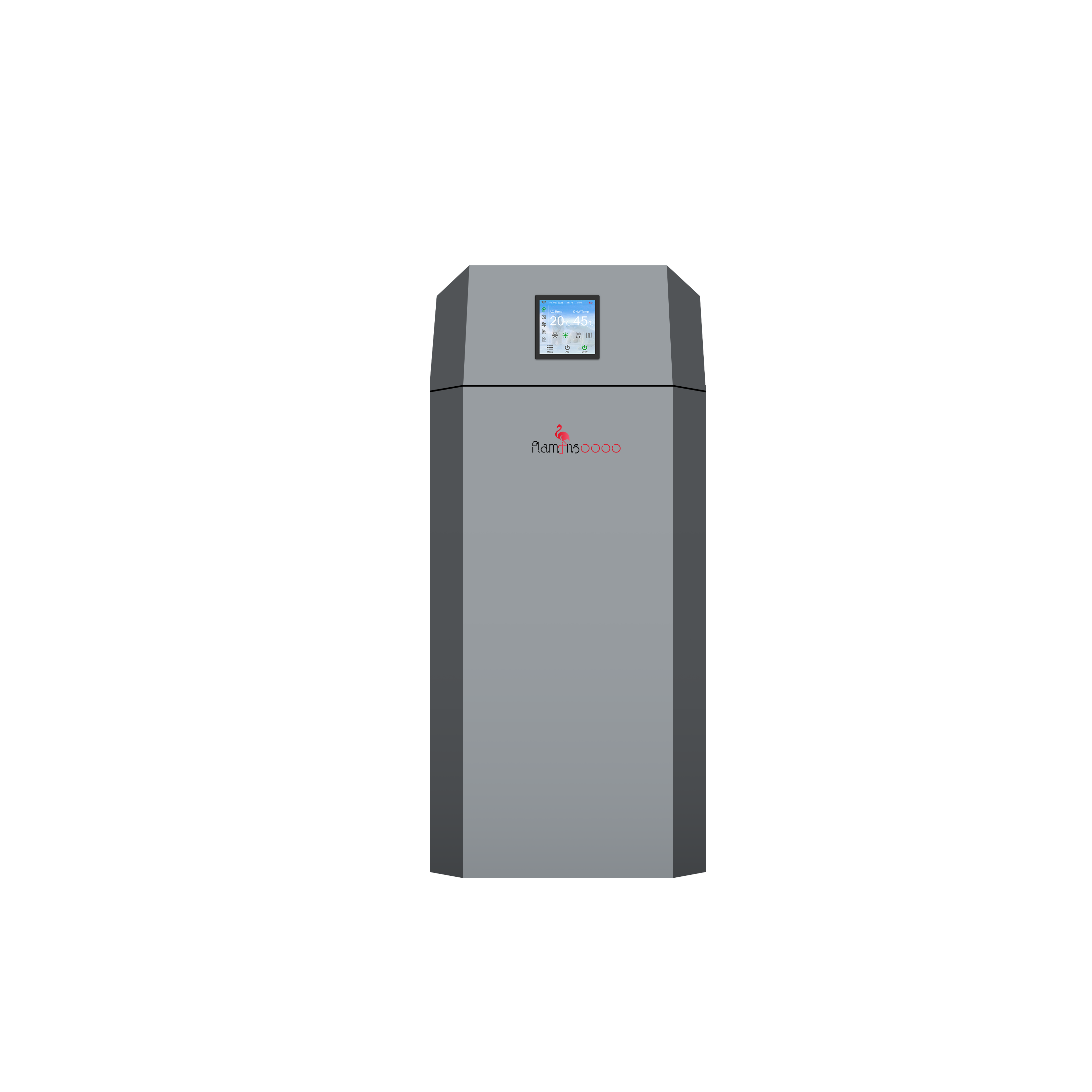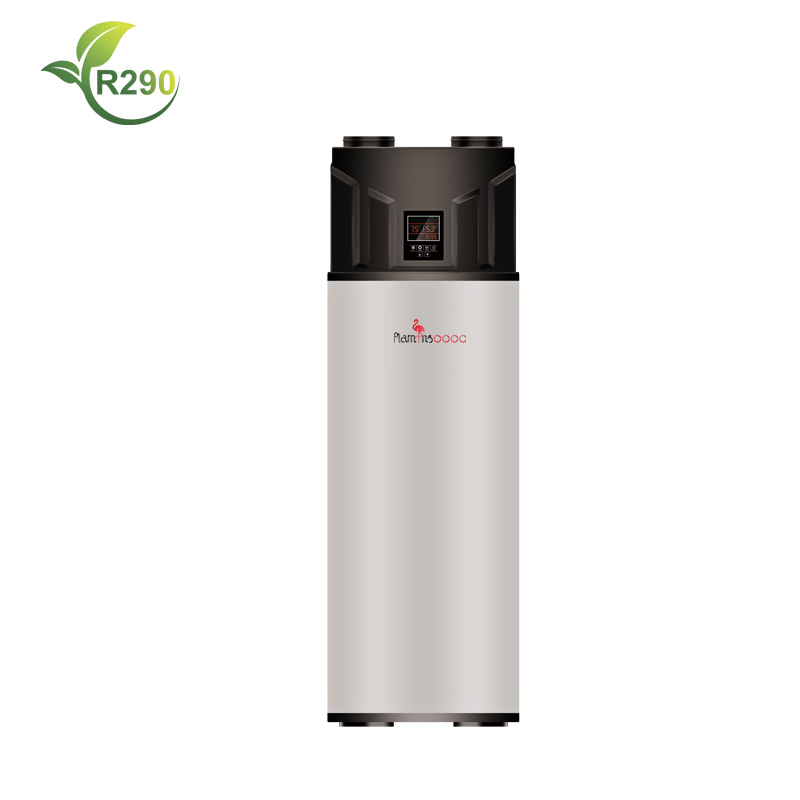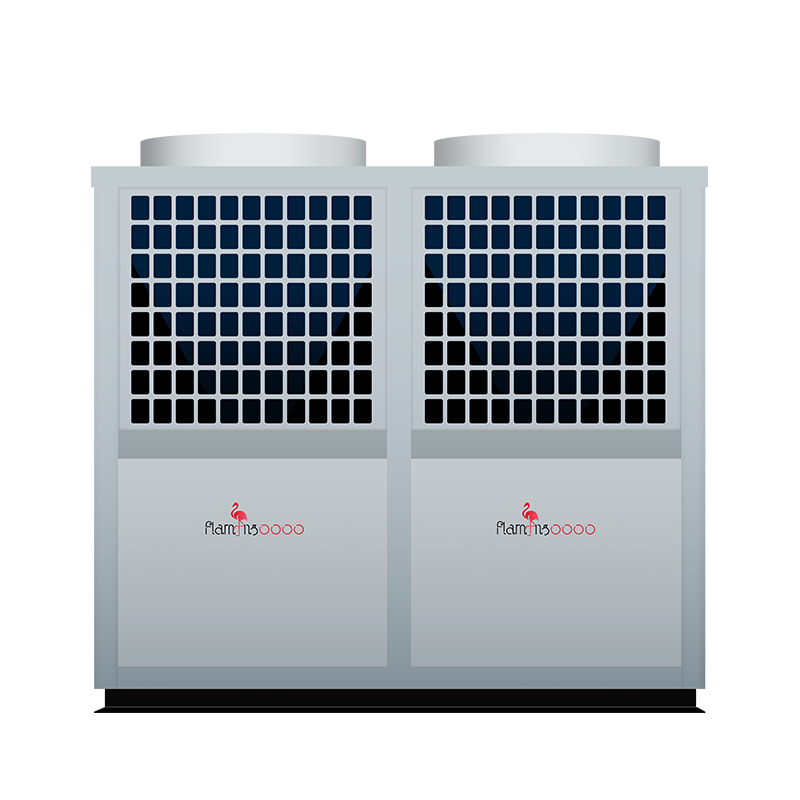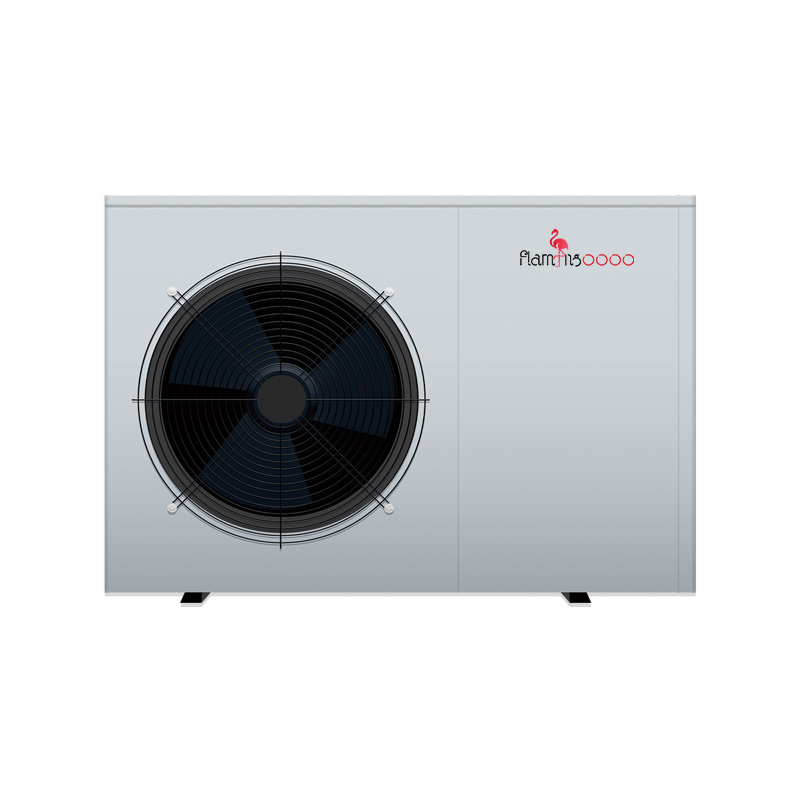Air-Source Heat Pump Industry Embraces Smart Defrosting Technology: Revolutionizing Winter Heating Efficiency and Comfort
In the midst of the global push towards cleaner, more sustainable energy solutions, the air-source heat pump industry has emerged as a formidable force, offering efficient and eco-friendly alternatives to traditional heating methods. Recently, a significant breakthrough in this sector has garnered widespread attention: the widespread adoption of smart defrosting technology. This innovative approach to defrosting not only enhances the performance of air-source heat pumps in cold climates but also raises the bar for user comfort and energy efficiency.
The Challenge of Frost Build-up in Air-Source Heat Pumps
Air-source heat pumps, which harness the natural heat energy present in the outdoor air to warm indoor spaces, have become increasingly popular due to their environmental friendliness and cost-effectiveness. However, as temperatures plummet during winter months, these systems face a significant challenge: frost build-up on the outdoor heat exchanger, also known as the evaporator.
When the temperature drops below the dew point, water vapor in the air condenses on the cold evaporator surface, eventually forming a layer of frost. If left unchecked, this frost layer can impede heat transfer, reducing the efficiency of the heat pump and potentially leading to system malfunctions. Traditional defrosting methods, such as timed defrost cycles or temperature-triggered defrosts, often result in unnecessary energy consumption and disruptions to heating services.
Enter Smart Defrosting Technology
To address this challenge, manufacturers of air-source heat pumps have turned to smart defrosting technology. This advanced system leverages a combination of sensors, algorithms, and automation to precisely control the defrosting process, ensuring that it occurs only when necessary and in the most efficient manner possible.
At the heart of smart defrosting technology lies a sophisticated control system that continuously monitors various parameters related to the heat pump's operation and the ambient environment. This includes temperature sensors placed on the evaporator and condenser, humidity sensors, and even advanced imaging or ultrasonic technology to detect the presence and thickness of frost layers.
Real-Time Monitoring and Precision Control
The control system continuously collects data from these sensors and processes it through advanced algorithms to determine the optimal time and duration for defrosting. By analyzing factors such as ambient temperature, humidity, evaporator temperature, and even the rate of frost accumulation, the system can accurately predict when defrosting is required, minimizing unnecessary energy consumption.
Once the need for defrosting is identified, the smart defrosting system initiates the process by adjusting the operation of the heat pump's compressor and reversing the flow of refrigerant. This causes the evaporator to become the condenser, releasing heat that melts the frost layer. The process is carefully controlled to ensure that defrosting occurs quickly and efficiently, with minimal disruption to the heating service.
Benefits of Smart Defrosting Technology
The adoption of smart defrosting technology in air-source heat pumps brings numerous benefits to both end-users and the environment.
Increased Efficiency and Reduced Energy Consumption: By precisely controlling the defrosting process, smart defrosting technology minimizes unnecessary energy waste. This not only leads to cost savings for homeowners and building operators but also contributes to a reduction in greenhouse gas emissions.
Improved Comfort and Reliability: By eliminating the need for frequent and disruptive defrost cycles, smart defrosting technology ensures that air-source heat pumps maintain a consistent and reliable source of heating throughout the winter months. This translates into improved indoor comfort and fewer service calls for repairs or maintenance.
Extended System Lifespan: Frost build-up can cause mechanical stress and wear on the components of an air-source heat pump, particularly the evaporator. By minimizing frost accumulation and ensuring timely defrosting, smart defrosting technology helps extend the lifespan of these systems, reducing the need for premature replacements.
Adaptive Learning: Many smart defrosting systems are equipped with adaptive learning capabilities that allow them to "learn" from past performance data and optimize their operation over time. This means that as the system ages or the ambient conditions change, it can automatically adjust its defrosting strategy to maintain optimal performance.
Market Adoption and Future Outlook
The adoption of smart defrosting technology in air-source heat pumps is rapidly gaining momentum, driven by a combination of consumer demand for more efficient and reliable heating solutions and government policies promoting the use of renewable energy. Major manufacturers in the sector, such as Daikin, Mitsubishi Electric, and Panasonic, have already incorporated smart defrosting technology into their product offerings, and many others are expected to follow suit.
As the technology continues to evolve, we can expect even greater improvements in efficiency, reliability, and user experience. For example, the integration of IoT (Internet of Things) technology and AI (Artificial Intelligence) algorithms could enable smart defrosting systems to communicate with other smart home devices and optimize their operation based on occupancy patterns, weather forecasts, and energy prices.
In conclusion, the widespread adoption of smart defrosting technology in air-source heat pumps represents a significant milestone in the ongoing quest for cleaner, more efficient, and more comfortable heating solutions. By addressing the challenges posed by frost build-up in cold climates, this technology paves the way for wider adoption of air-source heat pumps and a more sustainable future for heating and cooling.

